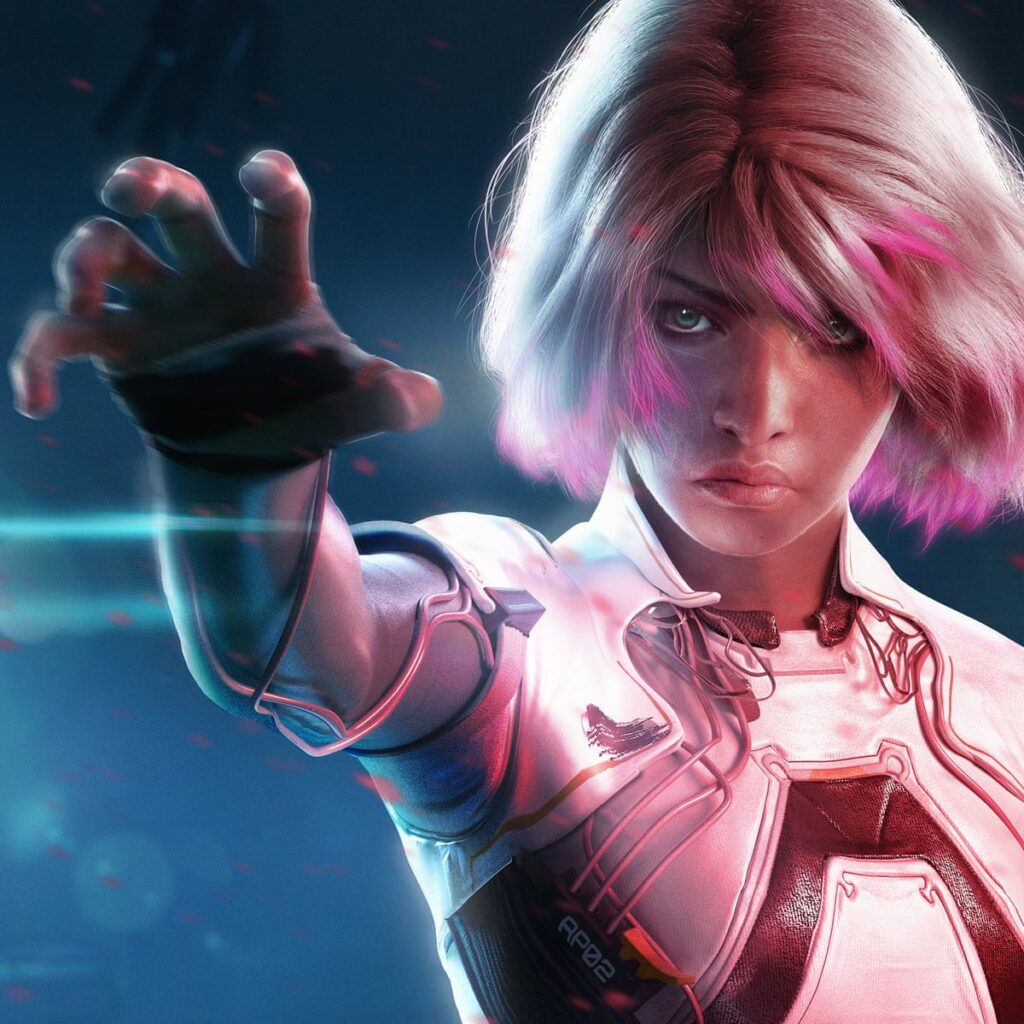Animation is a vital part of video game development, bringing characters and environments to life and creating immersive experiences for players. The process of animation in video games is complex and involves a team of animators, artists, designers, and programmers working together. Steps to animation include creating concept art and storyboards, modeling and rigging, actual animation, and integration and testing. The technology involved in video game animation has advanced significantly, making it easier and faster to create high-quality animations. The future of animation in video games will focus on creating more realistic facial expressions and more interactive and dynamic game environments.
Behind the Scenes: The Role of Animation in Video Game Development
When it comes to creating video games, animation plays a crucial role in the development process. It brings game characters and environments to life and helps to create immersive and engaging experiences for players. In this article, we will explore the different aspects of animation in video game development and the processes that go into bringing a game to life.
The Importance of Animation in Video Games
Animation is an essential tool for video game development because it helps to create characters that players can relate to and feel a connection with. Without animation, games would lack the emotional resonance that makes them so engaging.
Animation in video games takes many forms, including character animation, environment animation, and cutscenes. These different types of animation work together to form a cohesive and immersive game world.
The Process of Animation in Video Games
The process of creating animation in video games is complex and multi-layered. It involves a team of animators, artists, designers, and programmers working together to bring the game to life. Here are the basic steps involved in the animation process:
Concept Art and Storyboards
The first step in creating animation for video games is to create concept art and storyboards. These early sketches and drawings help the team to visualize what the game will look like and to plan out the various animations that will be needed.
Modeling and Rigging
Once the concept art and storyboards are complete, the team will create 3D models of the characters and environment. These models are then rigged, which means that they are given a digital skeleton that can be animated.
Animation
Once the models are rigged, the animators will begin to create the actual animations. This involves creating keyframes that define the movement of the characters and environment throughout the game. Animations can range from simple movements, such as walking or jumping, to complex actions like fighting or dancing.
Integration and Testing
Once the animations are complete, they are integrated into the game engine and tested extensively to ensure that they work properly. This involves testing the animations in different environments and under different conditions to make sure that they are seamless and engaging.
The Role of Technology in Animation
The technology involved in video game animation has advanced significantly in recent years, making it easier and faster to create high-quality animations. Motion capture technology, for example, allows animators to capture the movements of real actors or performers and use them as a basis for creating animations. This technology has become increasingly popular in video game development, as it allows for realistic and nuanced animations that would be difficult to achieve through traditional animation methods.
Another important technology in video game animation is procedural animation. This involves using algorithms and computer programs to create animations automatically, rather than manually animating each movement. Procedural animation can be useful for creating background movements, such as leaves blowing in the wind or waves crashing on the shore.
The Future of Animation in Video Games
As technology continues to advance, it is likely that we will see even more sophisticated animation in video games. One area of focus is on creating more realistic and human-like facial expressions and body language, which would allow for even more emotional resonance in games.
Another area of focus is on creating more interactive and dynamic game environments. This involves using animation to create environments that can change and react to player actions, making the game world feel even more alive and immersive.
Conclusion
Animation is a vital part of video game development, helping to create immersive and engaging game worlds that players can lose themselves in. Whether it’s creating complex character animations, dynamic environments, or engaging cutscenes, animation is an essential tool for game designers and developers. As technology continues to advance, we can expect to see even more sophisticated animation in video games, creating even more engaging and immersive experiences for players to enjoy.
